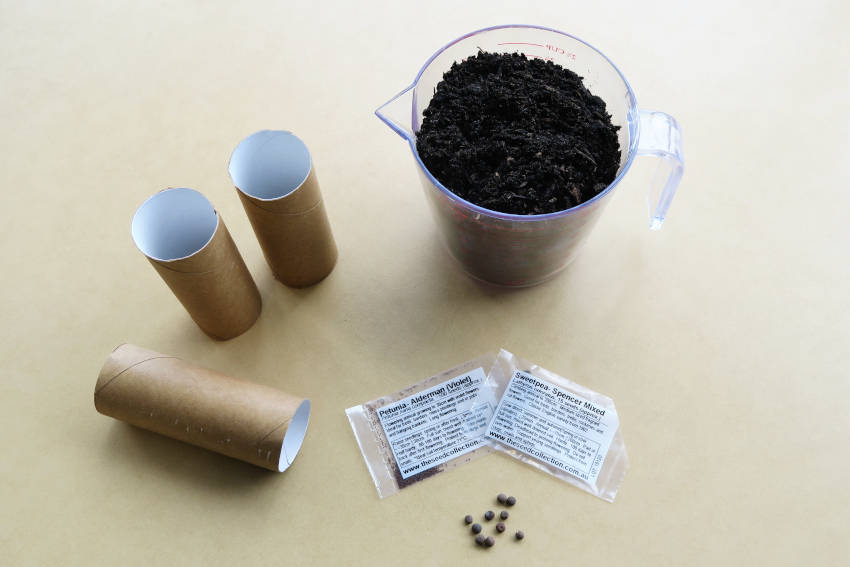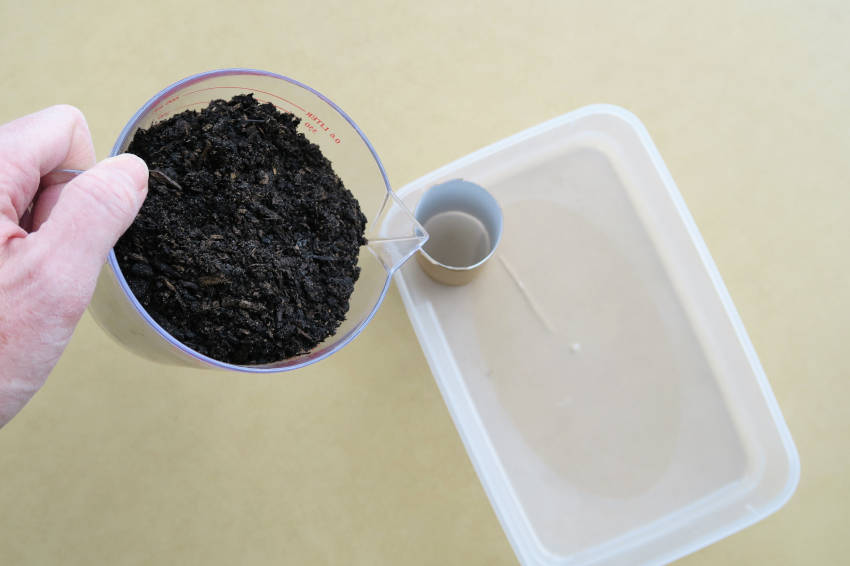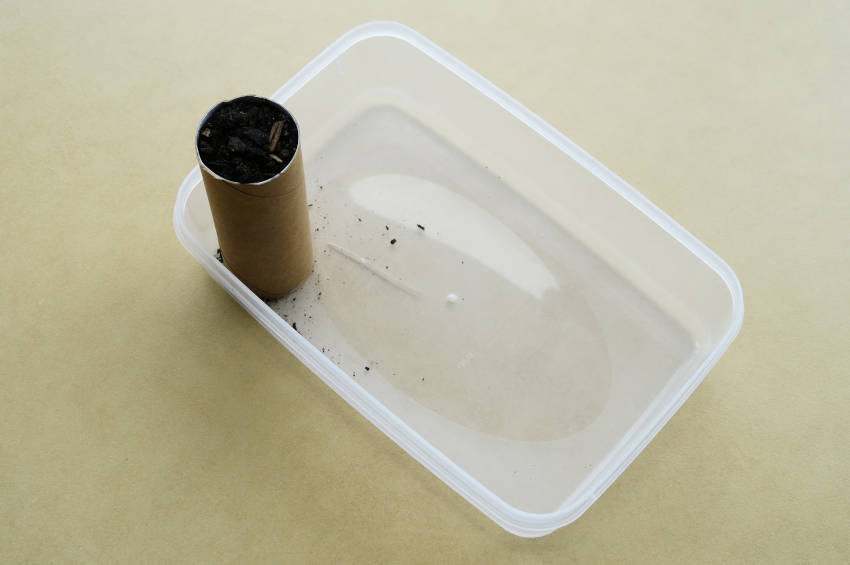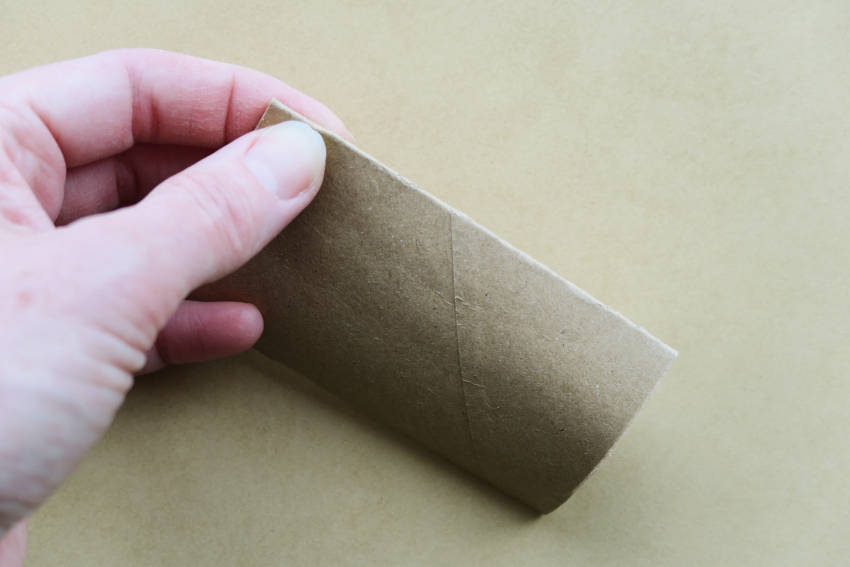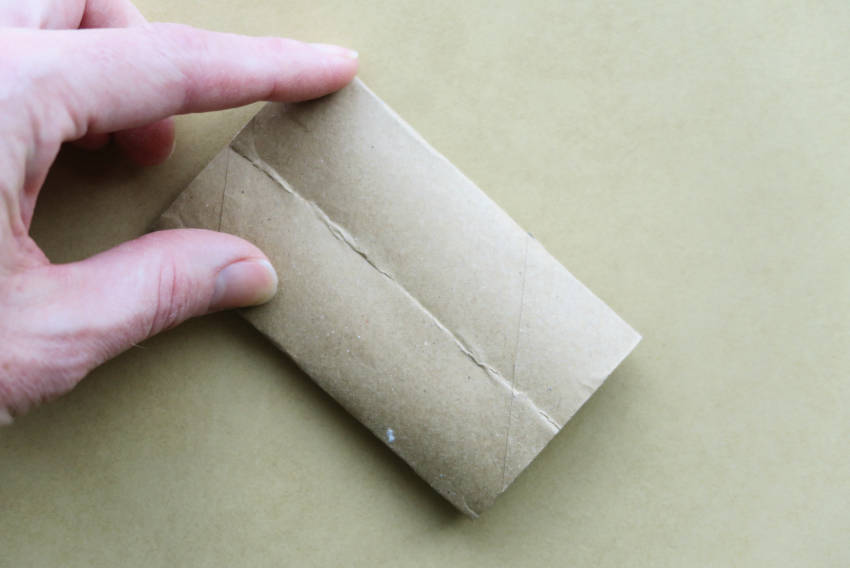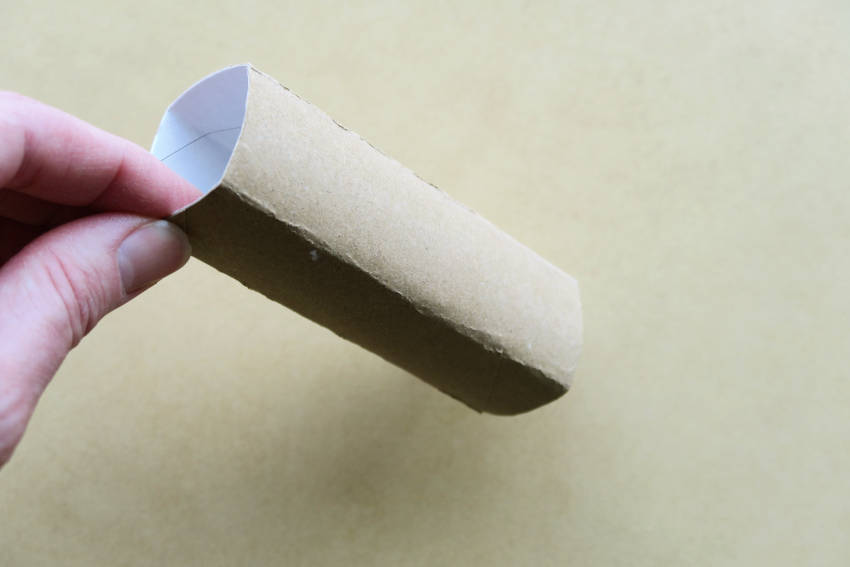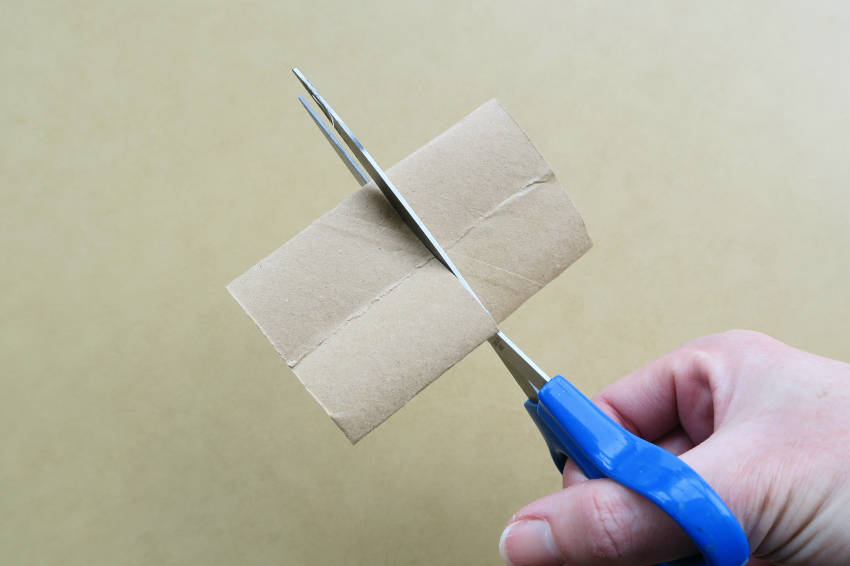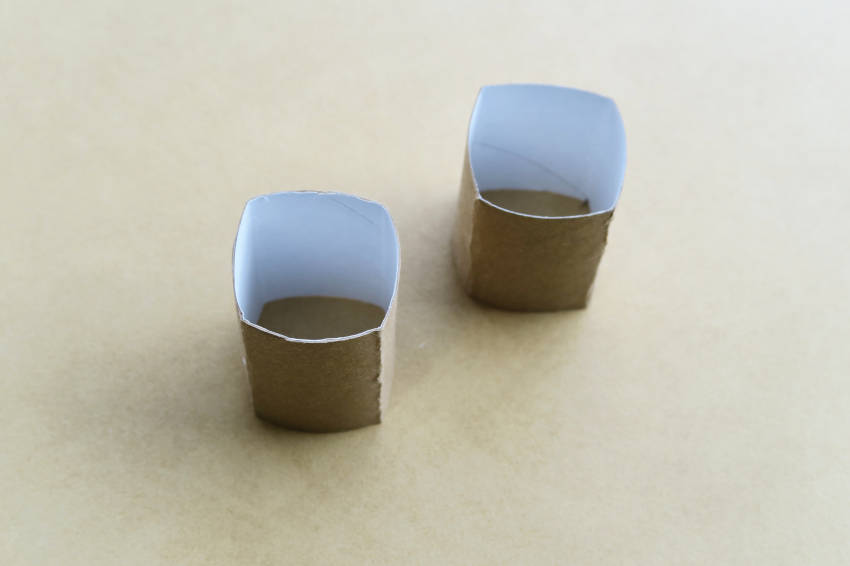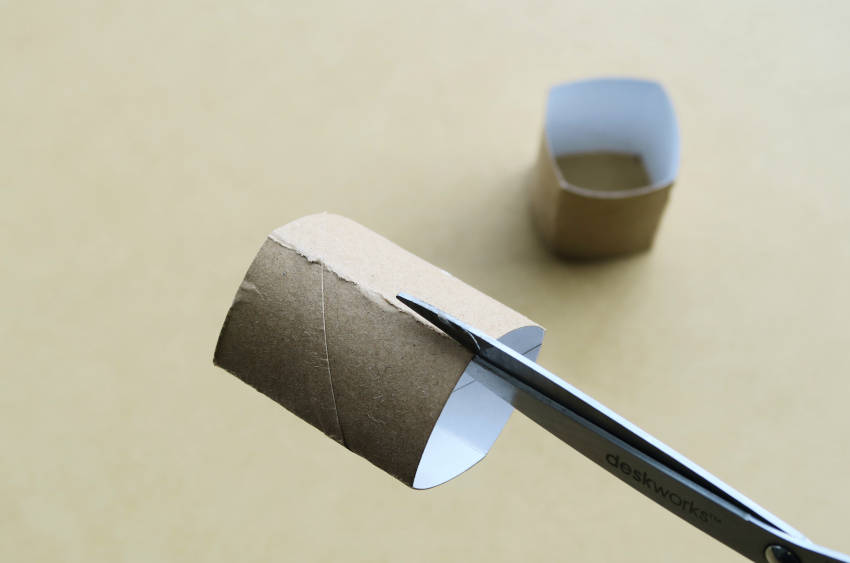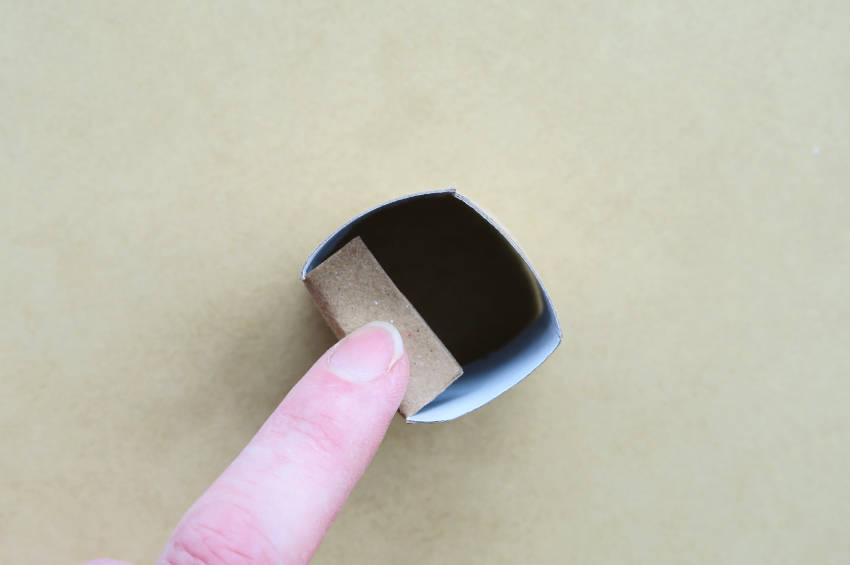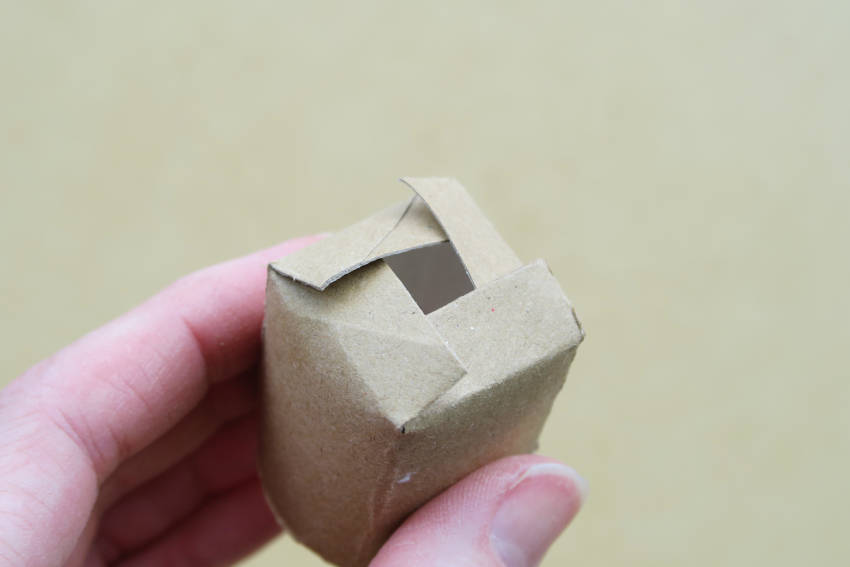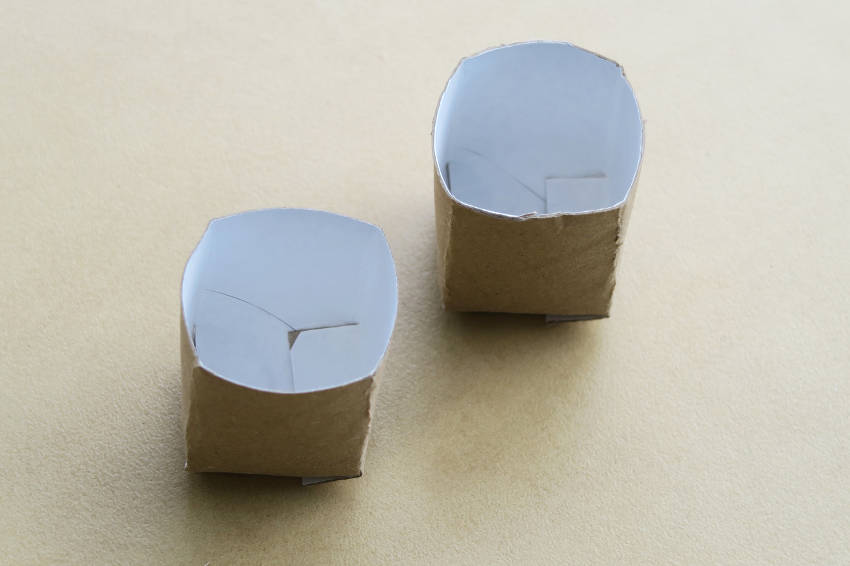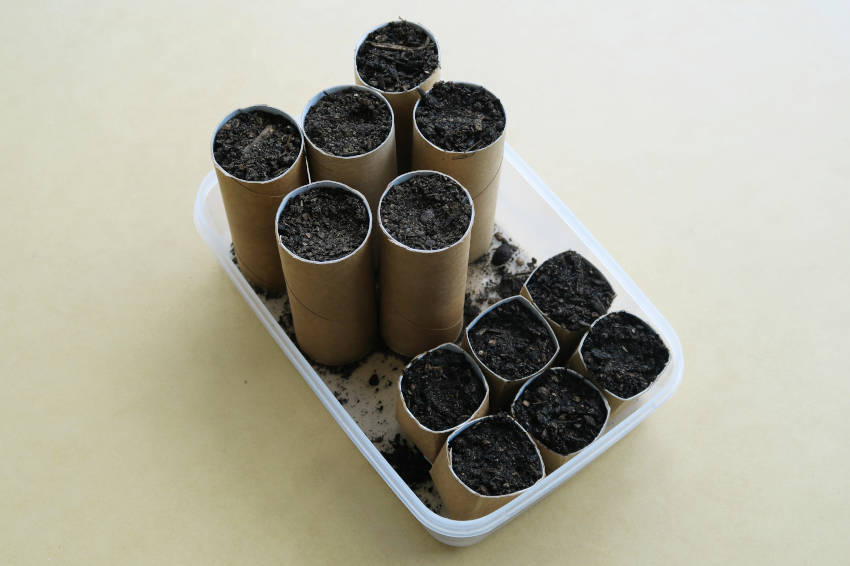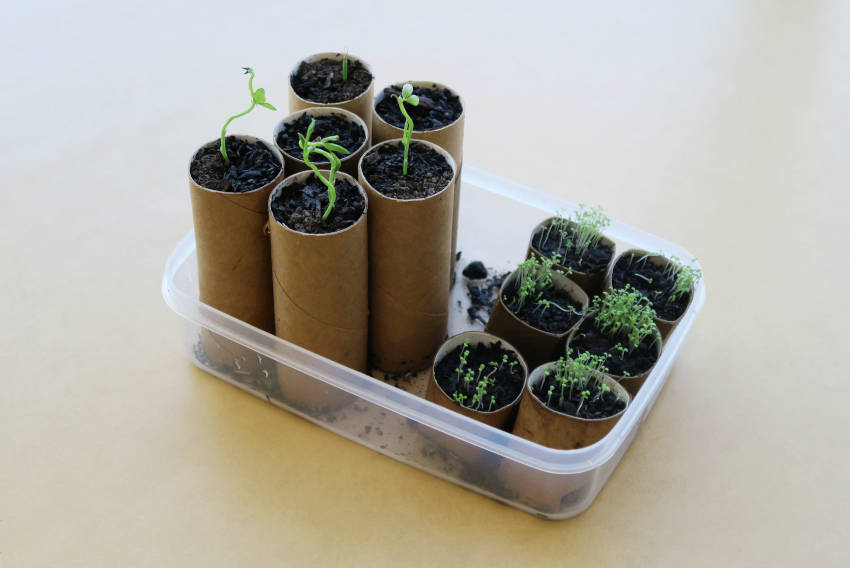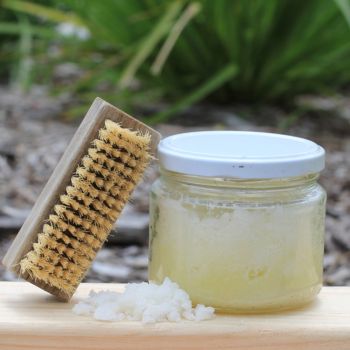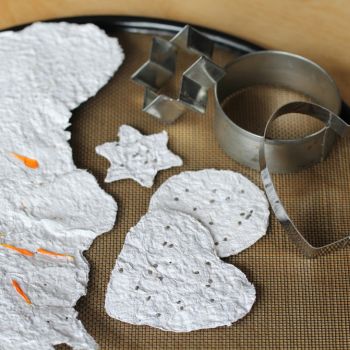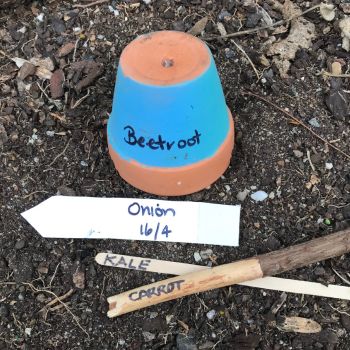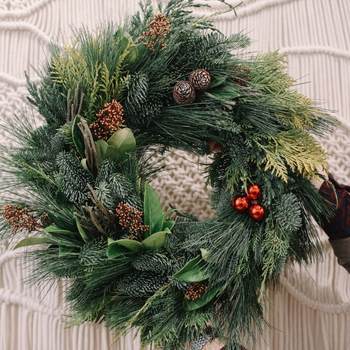Starting your seeds under cover gives them the best chance of growing into healthy, productive plants. You'll have more control over temperature and soil conditions, and you can extend your growing season to get a head start on spring.
There are many kinds of containers you can use to do this, including seed trays, pots, and plugs. However, there's an extremely common household item you can use instead, with surprisingly effective results.
Sowing seeds in empty toilet roll tubes may sound a little strange, but it has some highly useful advantages.
- It's economical, thrifty, and reduces environmental waste.
- Cardboard tubes are biodegradable and fully decompose in soil.
- This means that when it's time for planting out, the roll and its seedling can be transplanted together, reducing transplantation shock and potential root damage.
This last advantage is especially important for peas, beans, and other plants with a long tap root. It also gives a strong start to carrots and similar crops, as their early growth will be undisturbed by buried stones and other causes of split roots.
Making Toilet Roll Seed Pots
There are two main ways of turning toilet rolls into seed pots.
The easier method is to simply fill the tube with potting soil, and then use it in the same way as any other container. This provides plenty of depth so is ideal for long-rooted seedlings. However, the tall tubes are prone to falling over, especially as the seedling grows and becomes top-heavy, so make sure the tubes are well supported.
TIP: If your toilet rolls are too long, consider cutting them to a more suitable length.
The second method involves some cutting and folding. This method is usually unnecessary but is a fun craft activity and makes smaller, neater and easier to handle pots that are a little more stable. They also use less compost, and so are ideal for smaller seedlings.
To make the folded type, flatten an empty tube along its length, creasing the cardboard firmly at the edges. Open the tube up, rotate it by a quarter of a turn around its circumference, and flatten again. The four creases you've made will now turn the tube into a tall rectangular box.
Next, cut the tube in half across the middle to make two shorter boxes.
For each of these half tubes, cut a 1-2cm slit up from the bottom of each crease. Fold the four flaps this makes inwards, overlapping them to form a base. Creating the overlap can be tricky, but once you get the knack, the whole cutting and folding process is quick and easy,
Sowing the Seeds
Whichever method you use, next place the tubes on a tray or bowl with a rim to hold water. Fill each tube with soil, pressing it down reasonably firmly, and leaving a lip of around 1cm at the top.
If you're using whole tubes, you can increase their stability by grouping them together. However, be aware packing the tubes too closely together can risk them going mouldy and decomposing prematurely.
Moisten the soil without waterlogging it, and leave a while for the water to spread through the whole tube.
Once the soil is evenly moist, and you're confident the tubes will stay upright, sow your seeds as shown on the packet. From now on, you can germinate and grow the seeds in the same way as with any other container.
Planting Out
Once the seedlings are ready for planting out, the entire tube and its contents can be transplanted to their final home. Some gardeners like to gently tear or cut the tube down one side to speed up decomposition, but in most soils, this won't be necessary. However, if you've used the folding method, carefully open up the bottom flaps to allow easier downward root growth.
In drier conditions, make sure the roll's rim is completely buried, or it can act as a wick and draw vital moisture up and away from the roots.
Your seedlings should now be strong and healthy enough to grow to maturity in the open soil. Their cardboard nursery pots will decompose within a few months, adding extra texture to your soil as a welcome bonus.
Below: Simply fill toilet roll with soil and use like any other pot. (Method 1)
Below: Cutting and folding toilet rolls into smaller pots. (Method 2)
Below: Toilet roll pots ready to sow!
Below: Seedlings sprouted


